How Exercise Can Help You Live Longer
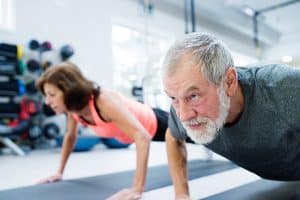
Beautiful fit senior couple in gym working out, doing push ups.
Most people want to live longer, but they also include the qualifier,” and remain active and independent.” Quality of life is the key. When you exercise regularly, it increases both longevity and the quality of those added years. The old saying, “Exercise adds years to your life, and life to those years,” is true. How does exercise help? It reduces the risk of several life-threatening illnesses, including the number one cause of preventable deaths, obesity.
Exercise helps build new cells and protects the chromosomes.
Stem cell research has opened new medical doors. Most people think of fetal cells when they hear stem cells, but your body continues to create them, no matter how old you are. The key is to remain active. The more active you are, the more stem cells you create. Stem cells are cells used to replace dying and damaged cells. Before knee replacement or other orthopedic surgery, many surgeons suggest increased activity to boost stem cell production. Exercise also helps protect older cells and extends their life by protecting the chromosomes. Each cell has a telomere that prevents the chromosomes from unraveling. It acts similar to aglets on the end of shoelaces. Exercise extends the telomeres to add longer protection.
When you exercise, you increase circulation.
Increased circulation provides more nutrients and oxygen to the cells. It improves respiratory efficiency and strengthens the heart. Like any muscle, the heart gets stronger the more you exercise it. Exercise also keeps the joints lubricated and muscles flexible. It affects your digestive process in several ways. Movement improves the passage of food through your digestive tract. Exercise also improves the balance of microbes in the microbiome. Exercise can help control obesity, which increases the risk of many life-threatening conditions such as heart attack, high blood pressure, diabetes, and certain types of cancer. Exercise also helps lower blood pressure.
Exercising regularly keeps you younger and less prone to injury.
Whether it’s strength-building, flexibility, balance, or endurance, all types of exercise make you less prone to injury. It can help prevent muscle pulls and sprains and reduce falls. Weight-bearing exercise can strengthen the bones and prevent osteoporosis. Exercise also reduces stress, which adds to aging. It boosts circulation to improve your skin and keep it looking younger. It puts pep in your step, so you’ll look and feel younger, too.
- You can increase your activity level by taking walks or getting guidance in a group, semi-private, or private sessions with a personal trainer. Trainers design programs that meet your needs.
- No matter what your physical shape, exercise is beneficial for almost all people of all ages. Always check with your healthcare professional first before starting an exercise program.
- Increasing your steps to 10,000 a day can reduce mortality risk by 40%. Even if you only increase them as little as 3,000 extra steps a day, it can reduce mortality significantly.
- Exercise brings relief to people with arthritis pain and other joint pain. It can help reduce back pain and prevent it. It lowers blood pressure, blood glucose levels, and cholesterol levels.
For more information, contact us today at Habitat Health & Fitness

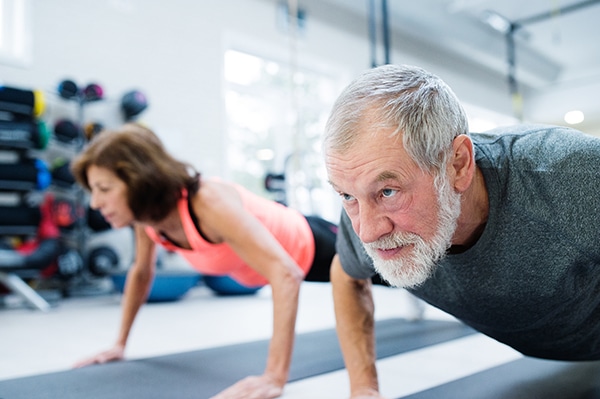
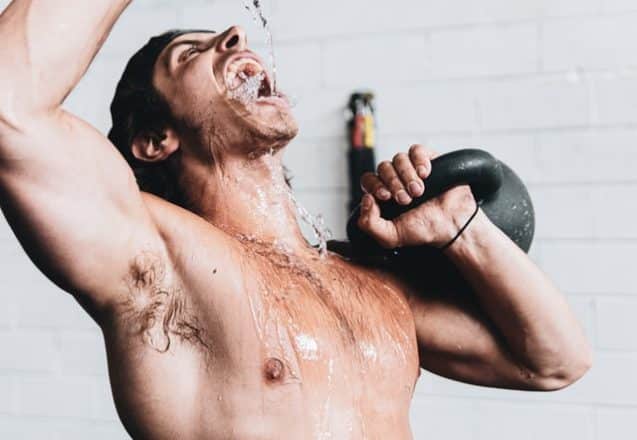
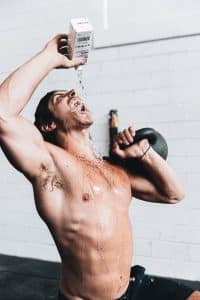 Knowing the signs of dehydration is vital in Lakeland, FL, in all seasons, especially during the cooler months when you’re less likely to think you can get dehydrated. You might carry water everywhere, but if you’re not sipping on it frequently, it does your body no good. Each person’s symptoms will vary. Knowing all the symptoms helps you identify the problem and take action before it develops into a life-threatening issue.
Knowing the signs of dehydration is vital in Lakeland, FL, in all seasons, especially during the cooler months when you’re less likely to think you can get dehydrated. You might carry water everywhere, but if you’re not sipping on it frequently, it does your body no good. Each person’s symptoms will vary. Knowing all the symptoms helps you identify the problem and take action before it develops into a life-threatening issue.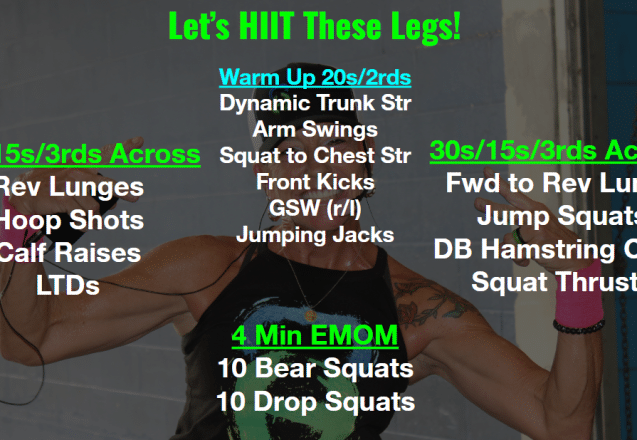
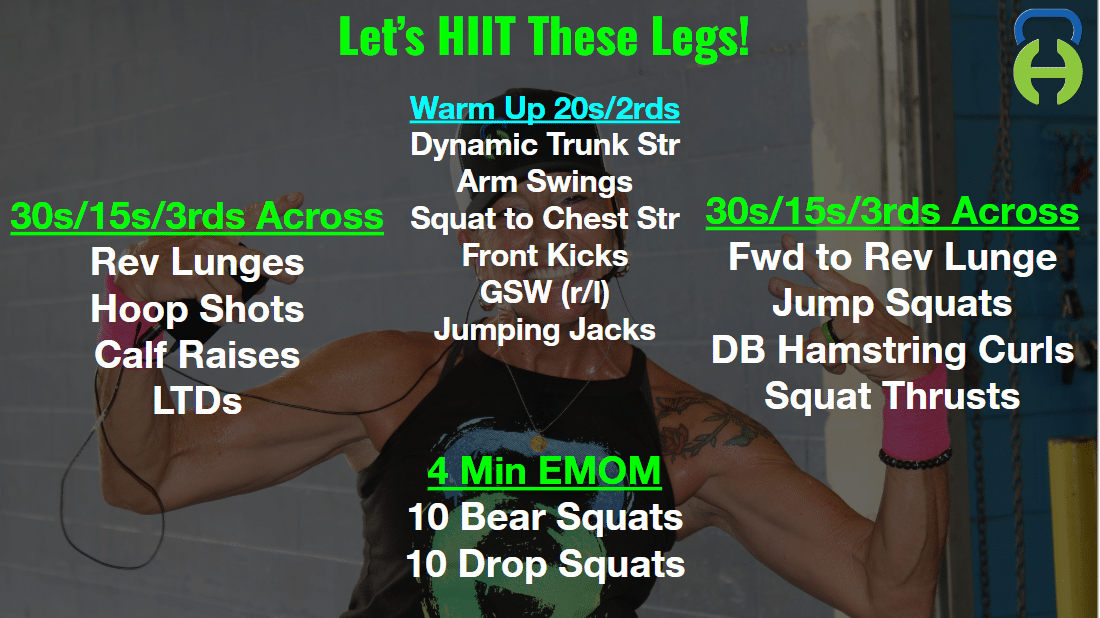
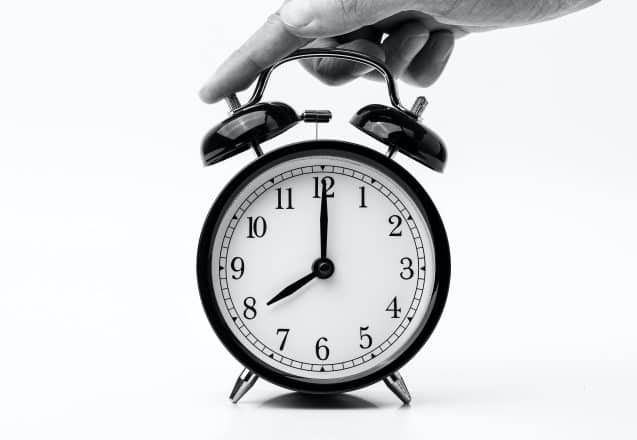
 Most people have heard the saying that you shouldn’t eat after 8 p.m. Few know the reason behind that. It has little to do with the actual time of day or the average person’s bedtime. If you don’t get off work until 10 p.m. or go to bed early, eating after eight becomes your mealtime. If you eat three meals a day before 8 p.m., any food after that is snacking that adds extra calories.
Most people have heard the saying that you shouldn’t eat after 8 p.m. Few know the reason behind that. It has little to do with the actual time of day or the average person’s bedtime. If you don’t get off work until 10 p.m. or go to bed early, eating after eight becomes your mealtime. If you eat three meals a day before 8 p.m., any food after that is snacking that adds extra calories.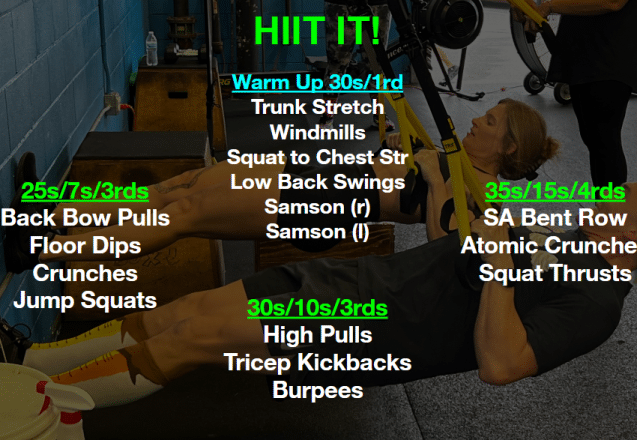


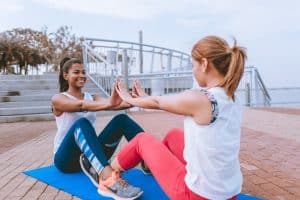 Many couples in Lakeland, FL join the gym together and then work out at different times. That might be a wasted opportunity. Sometimes, it’s because of childcare, while other times it’s simply scheduling convenience. Both are logical reasons, but why not take at least one day for time as a couple? Work out together and follow it with a healthy dinner out. It may cost more because of a sitter, but you can save money with semi-private training. You’ll learn routines you can do at home together.
Many couples in Lakeland, FL join the gym together and then work out at different times. That might be a wasted opportunity. Sometimes, it’s because of childcare, while other times it’s simply scheduling convenience. Both are logical reasons, but why not take at least one day for time as a couple? Work out together and follow it with a healthy dinner out. It may cost more because of a sitter, but you can save money with semi-private training. You’ll learn routines you can do at home together.
 Snacking is almost an American tradition. You see it in commercials and commonly on TV shows. If you started eating healthier, healthy snacks should also be on the menu. Sometimes, you want more. You want special treats that you used to eat before your dietary changes. You can still have them, but you must eat them in moderation and only occasionally. If weight loss is one of your goals, try to keep the portion size between 100-200 calories.
Snacking is almost an American tradition. You see it in commercials and commonly on TV shows. If you started eating healthier, healthy snacks should also be on the menu. Sometimes, you want more. You want special treats that you used to eat before your dietary changes. You can still have them, but you must eat them in moderation and only occasionally. If weight loss is one of your goals, try to keep the portion size between 100-200 calories.
 You’ll get huge benefits from outdoor exercise in the heat. It can boost your metabolism and improve exercise efficiency. You need to acclimate your body to the heat to let your body make adaptations. People in Lakeland, FL can do that by taking their workout outdoors a few days a week all year. As the weather slowly gets hotter, you’ll adjust as the temperature rises. Exercising outside in the heat has its drawbacks. It can be dangerous if you’re not in peak shape. People with health conditions, are older, or taking medications, should check with their healthcare professional first. Exercise smarter in the heat.
You’ll get huge benefits from outdoor exercise in the heat. It can boost your metabolism and improve exercise efficiency. You need to acclimate your body to the heat to let your body make adaptations. People in Lakeland, FL can do that by taking their workout outdoors a few days a week all year. As the weather slowly gets hotter, you’ll adjust as the temperature rises. Exercising outside in the heat has its drawbacks. It can be dangerous if you’re not in peak shape. People with health conditions, are older, or taking medications, should check with their healthcare professional first. Exercise smarter in the heat.
 Why do personal trainers document your fitness progress every time you work with them? One reason is that it helps identify whether the program is working. The trainer can look at your beginning weight if weight loss is a goal and compare it to your present weight. He or she can compare the number of sets and repetitions you can do of a given exercise and see if there’s an improvement. The trainer also knows that tracking your workouts and progress can help determine what to do next.
Why do personal trainers document your fitness progress every time you work with them? One reason is that it helps identify whether the program is working. The trainer can look at your beginning weight if weight loss is a goal and compare it to your present weight. He or she can compare the number of sets and repetitions you can do of a given exercise and see if there’s an improvement. The trainer also knows that tracking your workouts and progress can help determine what to do next.
 We do team training at Habitat Health and Fitness in Lakeland, FL, so we work with many athletes. We also believe that inside every person is a hidden athlete waiting to emerge. Clients often wonder if plant-based diets could fit into an active, athletic lifestyle. The answer is yes, but it takes a lot of planning to ensure it contains all the nutrients necessary. There are as many ways to go plant-based as there are people. Each diet should be individualized and healthy.
We do team training at Habitat Health and Fitness in Lakeland, FL, so we work with many athletes. We also believe that inside every person is a hidden athlete waiting to emerge. Clients often wonder if plant-based diets could fit into an active, athletic lifestyle. The answer is yes, but it takes a lot of planning to ensure it contains all the nutrients necessary. There are as many ways to go plant-based as there are people. Each diet should be individualized and healthy.